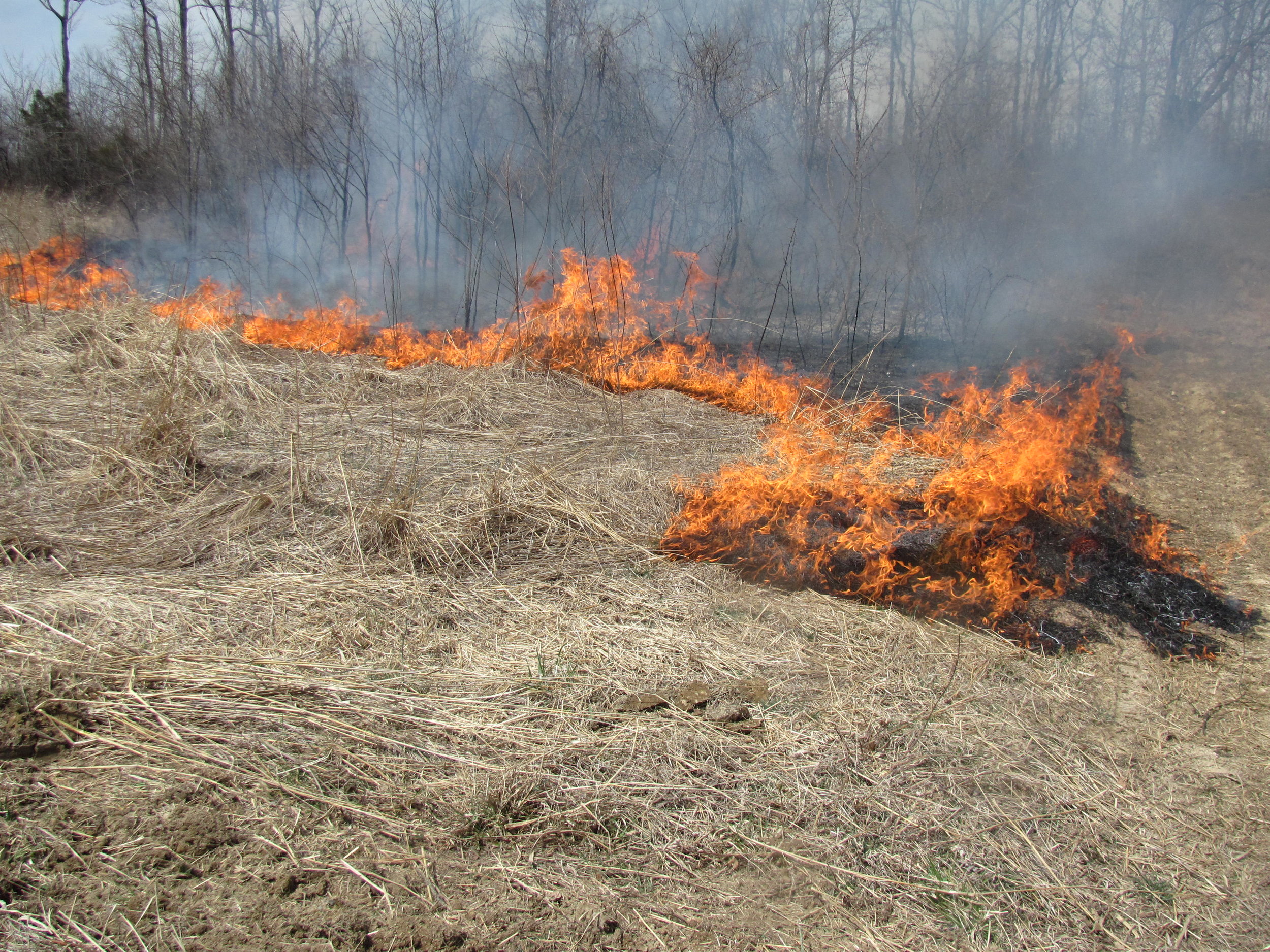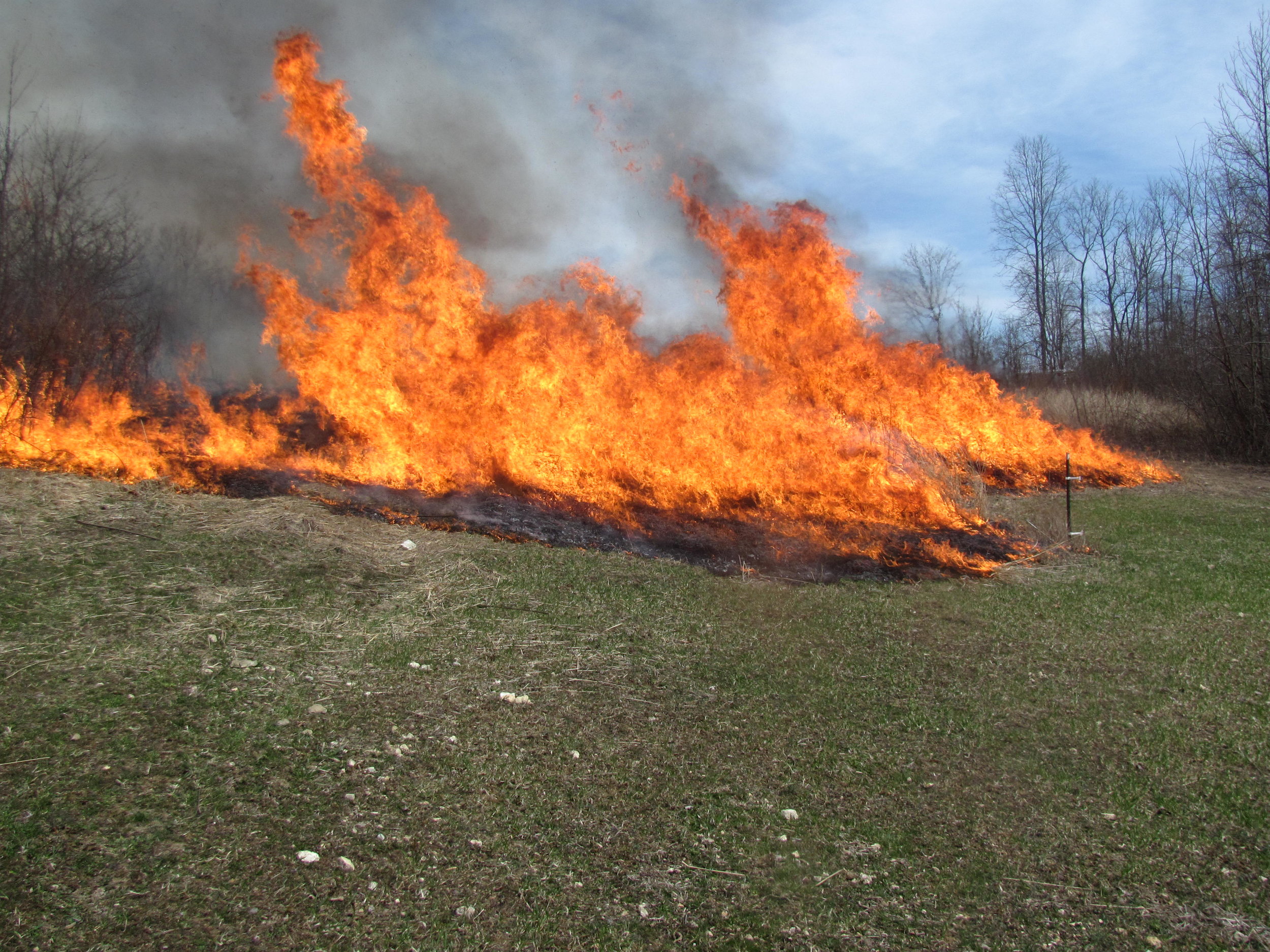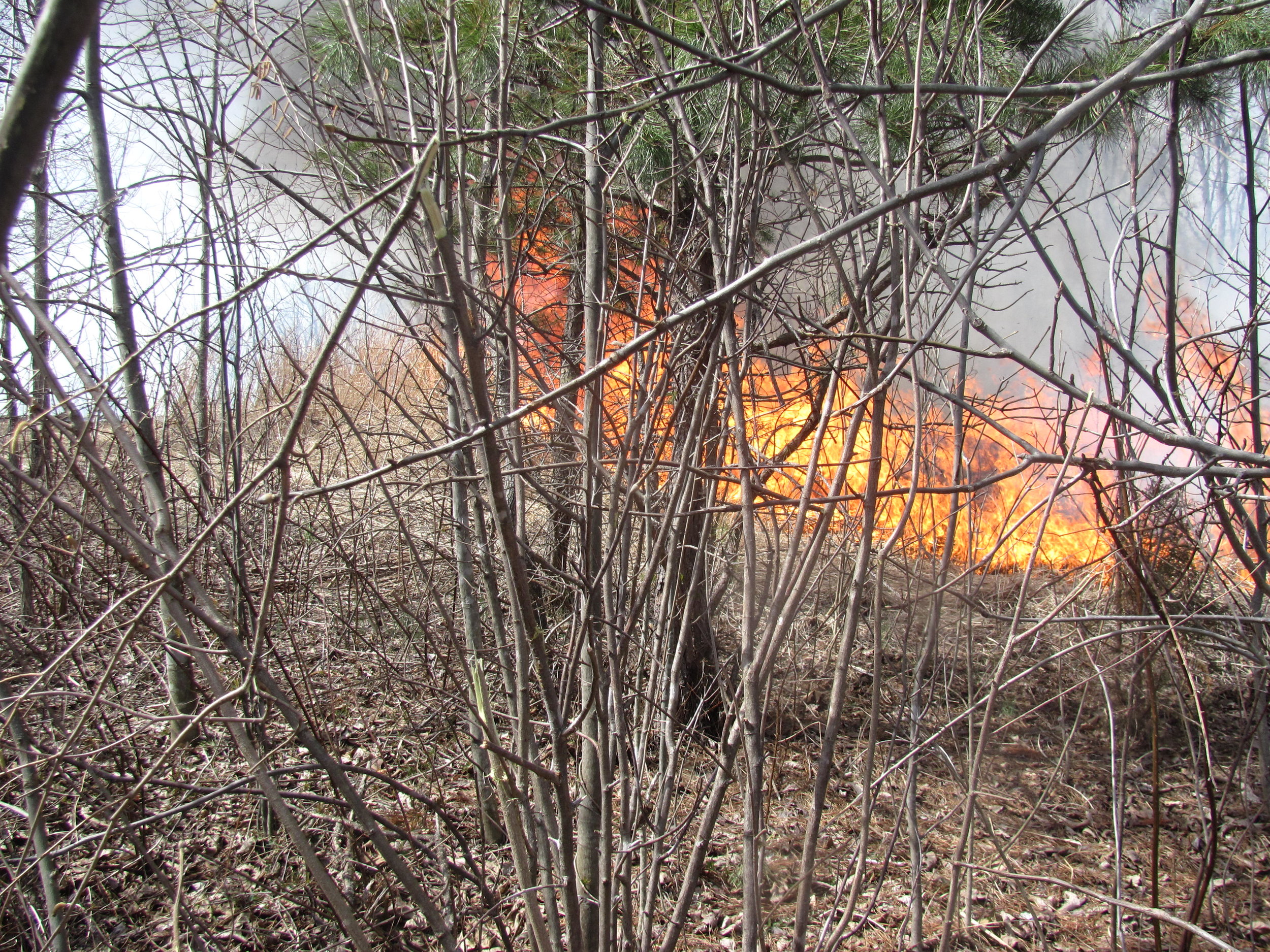Giving back to the land
When we bought this land our express intention was to care for it and restore it to a better state after too many decades of erosion and neglect. As a result we've gotten involved in a number of great programs and met many other Virginians committed to land care.
Over the years we have put ninety of our hundred acres into permanent conservation easements (see diamond-shaped sign at right). This is a rigorous process and not inexpensive! The easement means that this land can never be subdivided, parceled out, or developed residentially. It must remain in silvaculture or agriculture in perpetuity. In exchange, we received Virginia state tax credits and charitable deductions on our federal taxes. With the proceeds, we actually leveraged the purchase of an additional forty-five acres to the original fifty-five acre parcel.
We have also received some public recognition for our habitat work. Beneath our conservation easement sign you can see another sign that designates our property as part of the Commonwealth of Virginia's Quail Recovery Project. The old-timers in my valley tell me that in the 50s and 60s the valley was full of quail. That reflected family farming with a diversified agriculture, which included modest grain crops and fallow land. This habitat diversity supported excellent quail populations in the valley. With the advent of industrialized agriculture, these small family farms were driven out of business. The only way farming could continue here was by converting to pasture grass and hayfields for beef production. And here the law of unintended consequences took over: a European cold-season grass called tall fescue was introduced and supplanted native grasses. Fescue grows in a thick turf, whereas the native grasses grow in bunches. The result was that little quail chicks and other grassland birds had no tunnels to hide in while young and vulnerable. Within a couple of decades, the quail disappeared. The Virginia project has been to create a patchwork of private landholders who will dedicate pastures and hayfields to suitable native warm-season grasses, like switchgrass, Indian grass, and bluestem. We also executed some small strategic clear-cuts in our woodlands, which were replanted with short-leaf pines to provide thermal cover for quail and other birds, including some endangered thrushes. This approach resulted in Virginia forester Bob Boeren awarding me a Stewardship Forest designation in 2009 (below).
At the same time the Department of Agriculture presented us with this special sign indicating our land's status as a refuge for wildlife of all types.
Our beautiful landscapes
You'll see why we wanted to go to such trouble in working on the conservation of the land when you realize how beautiful it is here!
It doesn't often snow in southwest Virginia, but when it does, it is beautiful!
We have a cave! Ancient seabeds, compressed into limestone, heaved up into mountains when continents collided, hollowed out by the drip, drip, drip of groundwater form our "karst" geography, abounding in sinkholes and laced beneath with snaking subsurface flows. Is it any wonder we oppose installation of a 42" high pressure gas pipeline in our neighborhood?
This lovely creek lies in a small canyon, fed by bold springs. After we fenced the cattle out with the help of the USDA, the wildlife biologists were so pleased that they released 300 brook trout fingerlings into it.
In 2017 we took the plunge into erecting a solar electric system. With a favorable, on ground, south facing slope adjacent to our home, the system should average 1500 Kwhs/month, about what we have consumed on the average over recent years.
Environmental Studies students from Roanoke College arrive for my tour and talk on Christian Stewardship of the land
The professor/farmer holds forth on the farm tour.
The sign of the covenant blesses St Gall Farm!
After several years of waiting for the perfect weather conditions, the Virginia Department of Forestry in March 2019 conducted a controlled burn on about 25 acres of our land comprising both wood lots and switchgrass. The amount of carbon released into the atmosphere by burning is the same as if the material is left to rot on the ground so a controlled burn is carbon neutral. Burning, ignited by lightning strikes, is in fact a part of the natural ecology. Human settlement has suppressed this natural process – as Smokey the Bear taught us. But the natural work of fire cleans out the understory to allow sunlight to reach the earth and generate new food sources, thus creating successional habitat and breaking up the monoculture of mature trees whose canopy keeps the energy of the sun from reaching beneath. The burning also consumes the dried out wood detritus on the forest floor which, if it accumulates, fuels the tremendous wildfires that we saw last season in the American West. It was amazing to watch the skilled and knowledgeable forestry men carefully calculate wind direction and the drafts created by the heat of the fire so that everything burned from the edge of the section into the middle where the fire could travel no further and thus burned itself out. The benefit to wildlife and for grazing my cows on the switchgrass later this summer is immeasurable. I’m very grateful for the intelligent stewardship of the department of forestry!













